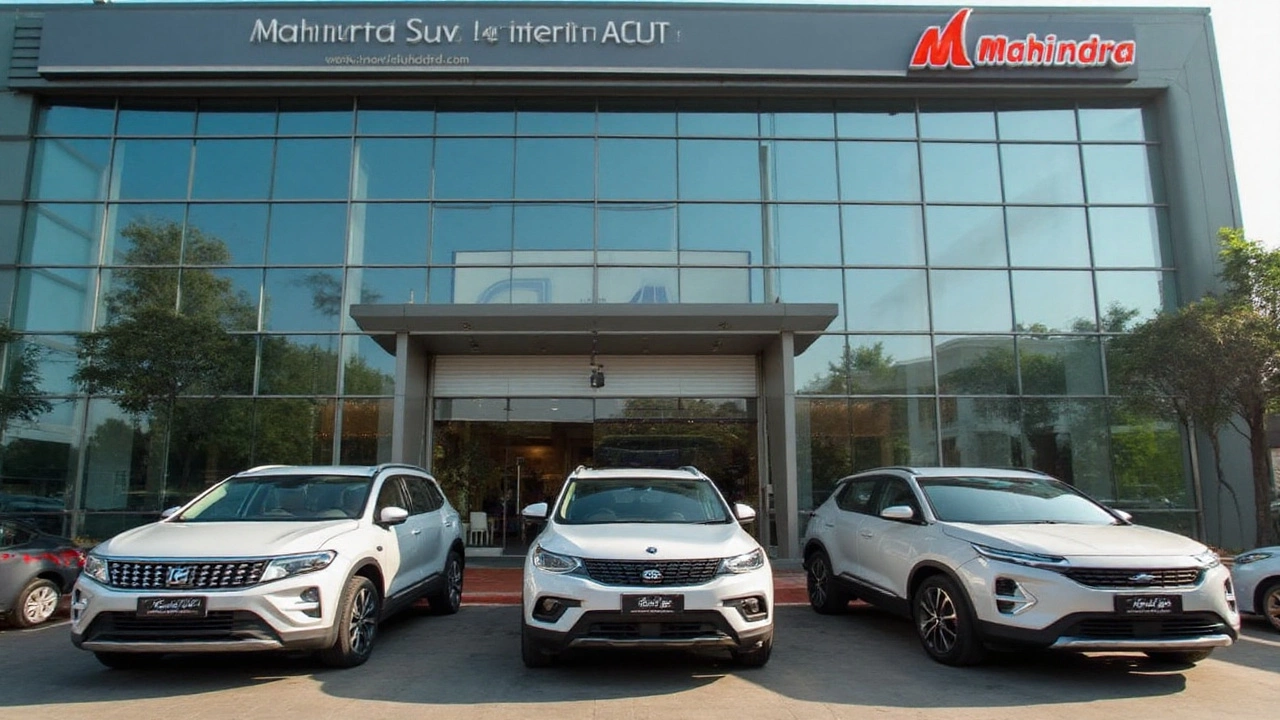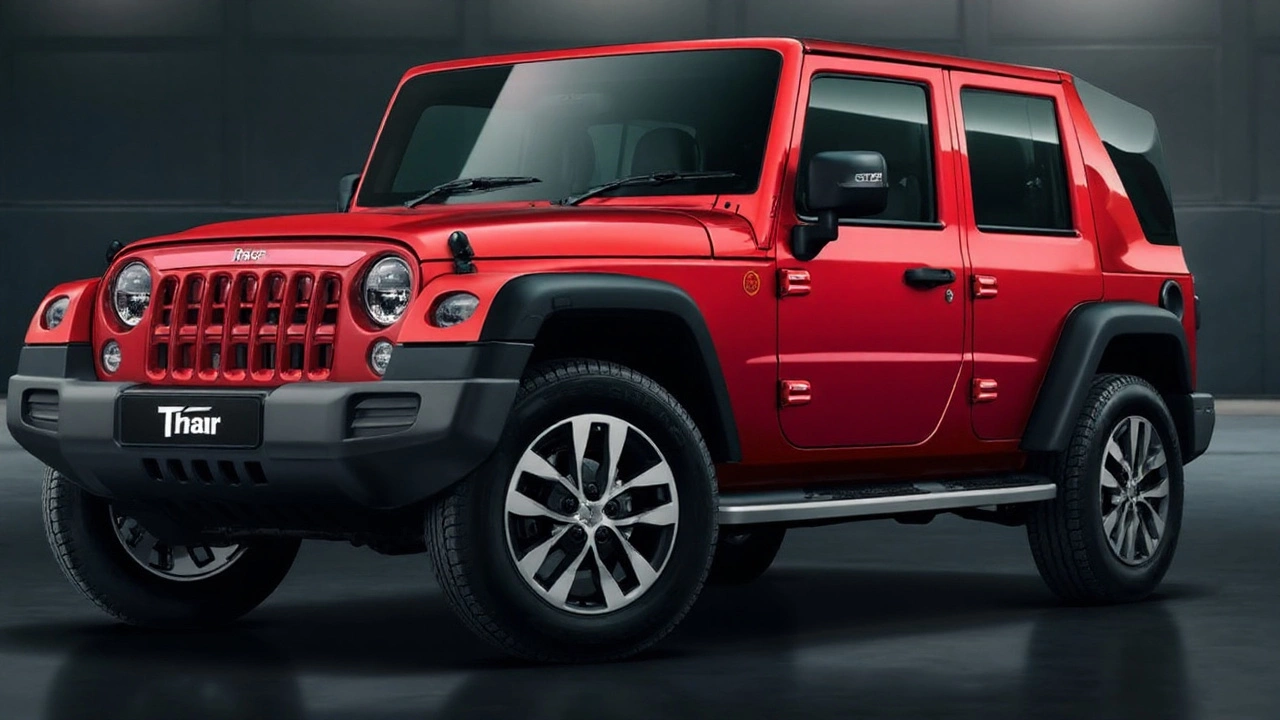Mahindra cuts prices by up to Rs 1.56 lakh after GST reset
Sticker shock just turned into sticker relief. Mahindra & Mahindra has rolled out an across-the-board Mahindra price cut of up to Rs 1.56 lakh, passing on the full benefit of India’s latest GST restructuring to buyers. The new prices kicked in on September 6 and are already live at dealerships and on the company’s digital channels.
The trigger was the 56th GST Council meeting on September 3, which overhauled how cars are taxed. Small cars now sit in the 18% GST slab, down from 28%. Larger vehicles move to a flat 40% rate, replacing the old GST-plus-cess structure that pushed many SUVs to around 50% effective taxation. That reset is what’s driving the chunky cuts on popular utility vehicles.
Mahindra says it has passed the gains straight to customers and emphasized transparency in invoicing. The company also noted that more than 60% of its total volumes, including key commercial nameplates, fall under the 18% slab, widening the impact beyond just SUVs.
Here’s how the model-wise reductions stack up, as shared by the company:
- XUV3XO: up to Rs 1.56 lakh off on diesel; up to Rs 1.4 lakh on petrol
- Bolero and Bolero Neo: up to Rs 1.27 lakh off
- Thar: up to Rs 1.35 lakh off on 2WD diesel; up to Rs 1.01 lakh on 4WD diesel
- Scorpio-N: up to Rs 1.45 lakh off
- XUV700: up to Rs 1.43 lakh off
- Thar Roxx: up to Rs 1.33 lakh off
- Scorpio Classic: up to Rs 1.01 lakh off
These are ex-showroom adjustments. Your final on-road price will still include registration, insurance, and handling charges, but those are calculated after the ex-showroom figure—so the tax cut pulls the whole bill down.
What changed in taxes? Until now, small cars paid 28% GST, while bigger vehicles—especially SUVs—faced 28% GST plus a hefty cess that took the effective rate to roughly 50% in many cases. The new system is simpler: 18% for small cars, 40% flat for larger vehicles. That’s why compact models and workhorses like the Bolero feel the drop, and why SUVs like the Scorpio-N, Thar, and XUV700 see some of the biggest cuts.
If you prefer a back-of-the-envelope check: a car that used to retail at Rs 12 lakh ex-showroom under the old 28% slab could see a reduction close to Rs 1 lakh when moved to 18%, depending on its pre-tax value. On bigger SUVs that moved from ~50% effective tax to 40%, the drop on a mid-teens ex-showroom price can also end up around the one-lakh mark. Your exact saving will vary by variant.
The timing isn’t accidental. Price cuts are landing right before the festive run—Onam to Navratri to Diwali—when dealerships typically log their strongest sales. Expect fresh enquiries, test-drive rushes, and longer delivery timelines on hot variants if demand spikes faster than supply.

What it means for buyers and rivals
If you booked a Mahindra recently, check your invoice date. In most cases, the price that applies is the one at the time of invoicing, not booking. Since the revised prices are effective from September 6, customers whose vehicles are billed on or after that date should see the lower tag. Still, verify with your dealer because processing timelines can differ by state and by model.
Financing gets easier too. A reduction of around Rs 1 lakh can trim a five-year EMI by roughly Rs 2,000 a month at common interest rates. For families sitting on the fence between two trims—or between petrol and diesel—that swing can nudge decisions.
There’s also a ripple effect on state levies. Many states peg road tax as a percentage of the ex-showroom price. When ex-showroom drops, the absolute rupee value of road tax tends to slide as well. It’s not a huge extra saving, but it adds up when you include insurance and handling in the final bill.
Which segments stand to benefit most? Two clear buckets. One, compact cars and compact crossovers that now fall into the 18% slab—the value math looks stronger for first-time buyers and urban families. Two, ladder-frame and monocoque SUVs that previously faced the highest combined tax—these see noticeable reductions that bring top trims within reach for more buyers.
Rural and semi-urban markets should feel this quickly. The Bolero and Neo ranges, already staples for small businesses and fleet operators, have become more affordable by up to Rs 1.27 lakh. That can shift replacement cycles forward for commercial users who watch total cost of ownership closely.
The used-car market usually reacts to big factory price moves. Expect asking prices for near-new SUVs—especially Thar and Scorpio-N—to soften in the short term as sellers adjust to the new baseline. Dealers will likely reprice trade-ins accordingly.
Mahindra isn’t alone. Tata Motors, Renault India, Hyundai, Toyota, Škoda, Audi, Mercedes, and Maruti Suzuki have also announced reductions after the GST reset. The size of the cut varies by model and tax bracket, but the direction is clear: the industry is leaning into the reform and competing hard for festive footfalls.
Could we see feature reshuffles or variant re-positioning next? Possibly. When the ex-showroom drops, some carmakers use the opportunity to tweak variant ladders, add features to popular trims, or compress price gaps between powertrains. Watch the mid-spec variants—these are often the sweet spot for new buyers and the first to get strategic updates.
For Mahindra, the move dovetails with a lineup that already enjoys strong demand. The Scorpio-N and XUV700 have built loyal followings, and the Thar continues to pull in lifestyle buyers. These models have seen long waiting periods in the past, and a fresh price advantage can stretch those again if supply doesn’t ramp up in step.
If you’re planning a purchase, a few practical tips help. Get a dated proforma invoice that reflects the post-September 6 ex-showroom price. Confirm estimated delivery timelines by variant and color—popular combinations can slip the calendar. And check if your state’s RTO fee bands change at particular price thresholds; sometimes dropping under a slab yields extra savings.
The headline, though, is simple: taxation just shifted in favor of both small cars and larger SUVs, and Mahindra has moved fast to turn that into real money off the sticker. With the festive season lining up, this could be the spark that pushes many undecided buyers into showrooms—and forces rivals to keep their foot on the price-cut pedal.
